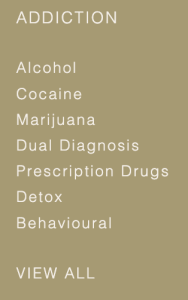9 Minutes
CONTENTS
Healthcare professionals, first responders, and many other experts have cared for trauma survivors for years. As they effectively extend their health, support, and empathy to these survivors, many acquire secondhand trauma symptoms from them through a phenomenon now being recognized as vicarious trauma.
Vicarious trauma has recently emerged as a severe occupational challenge, especially for people volunteering or working in victim services, emergency medical services, law enforcement, and fire services, due to their constant exposure to trauma and violence survivors. Empathetic engagement with these survivors daily can take a toll on their mental health, hampering their professional and personal skills and abilities. It is, therefore, crucial to identify vicarious trauma as soon as it presents itself and learn how to deal with it effectively before the situation becomes critical.
FAQs
A UNIQUE METHOD TREATING Trauma & PTSD
a successful and proven concept focusing on underlying causesTrauma & PTSD TREATMENT LASTING APPROACH
0 Before
Send Admission Request
0 Before
Define Treatment Goals
1 week
Assessments & Detox
1-4 week
Psychological & Holistic Therapy
4 week
Family Therapy
5-8 week
Aftercare
12+ week
Refresher Visit
Trauma & PTSD Insights
latest news & research on Trauma & PTSD
Trauma And Epigenetics
Traumatic experiences can lead to long-lasting epigenetic changes, potentially contributing to mental health conditions such as post-traumatic stress disorder (PTSD)
read moreBest Trauma Treatment Centers
Joining an intensive trauma treatment center is essential because these specialized facilities offer a comprehensive approach to recovery
read moreBest PTSD Treatment Centers
Many PTSD centers offer alternative and complementary therapies to support traditional treatments.
read more








